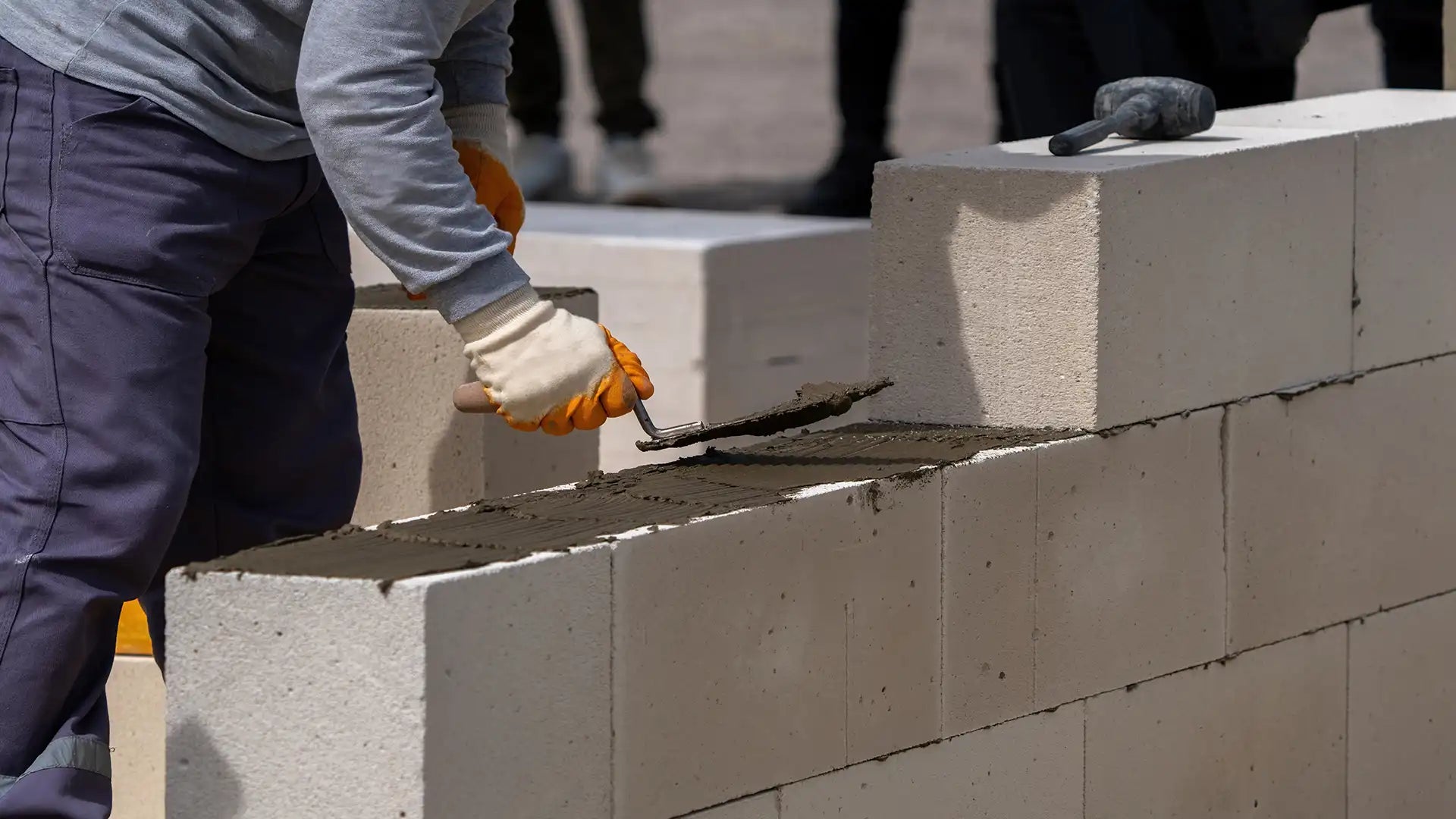Temperatures are dropping, leaves are falling and after a long season of gardening projects, it’s almost time to pack up those garden tools ready for winter. Before you do though, it’s essential to think about how they’re stored, after all, you don’t want to return to your shed in spring to find you tools have rusted!
To give you a helping hand, check out Jenolite’s top tips to keep your garden tools in good shape over the winter period. Let’s get started…
1. Keep garden tools clean and dry
Give your garden tools a good clean and wipe down after every use, especially before storing them away. Garden tools perform some of the hardest, muckiest jobs, so they’re no doubt prone to being covered in dirt, sticky sap and more.
If your garden tools are coated in dried on mud that’s difficult to remove, be sure to scrape them clean to prevent them being ruined when you take them out of the shed in the spring. You may need to wash them more than once. From secateurs and delicate bladed tools through to spades and forks, once the tools are clean, give them a thorough dry down with a cloth or old towel to prevent dampness causing havoc.
2. Remove rust
Sometimes it doesn’t matter how much you protect your tools, rust can occur even when you least expect it. At Jenolite we know all too well that rusted metal blades can be a hindrance, but it’s important to remember that a rusty tool doesn’t deem it useless. With over 100 years specialising in rust removal, we also know that a simple application of Jenolite will do the trick, restoring steel garden tools back to better days in no time at all.
3. Sand them down
Wooden handles need TLC too! If your garden tools have wooden handles that are in bad shape, sanding them down to remove splinters will be worthwhile before storing them away. It’s a good opportunity to smooth out rough, raised grain.
4. Sharpen
Many garden tools have blades and if they’ve seen a lot of action this summer, there’s a good chance they’ll need re-sharpening before being put back to work. All you’ll need is a flat file (size dependant on the blade being sharpened). Tip: Make sure you sharpen at the same angle as the blade.
5. Season with oil
Treating the wooden and metal parts of gardening tools help to lubricate them and prevent metal from rusting and the wood from cracking over the winter period.
6. Sterilise
While sanitising doesn’t extend the life of your tools, it is a great thing to do for the health of your garden. Sterilising tools will rid them from bacteria, fungus and other soil-borne disease that can be transferred to your plants. Simply soak in a sterilising solution for 10 - 30 minutes (depending on solution used) and ta-da!
7. Store in a dry place
This may sound obvious but ensure your garden tools are stored in a dry place to prevent rust. Opt for storing garden tools on hanging hooks in a dry and airy location and prevent resting them on the floor where lurking moisture can do damage!
If you’re in need of a rust remover, you can trust Jenolite to get the job done! Shop the range now right here. Do you have any tips on cleaning and storing your garden tools? Let us know over on on Facebook!









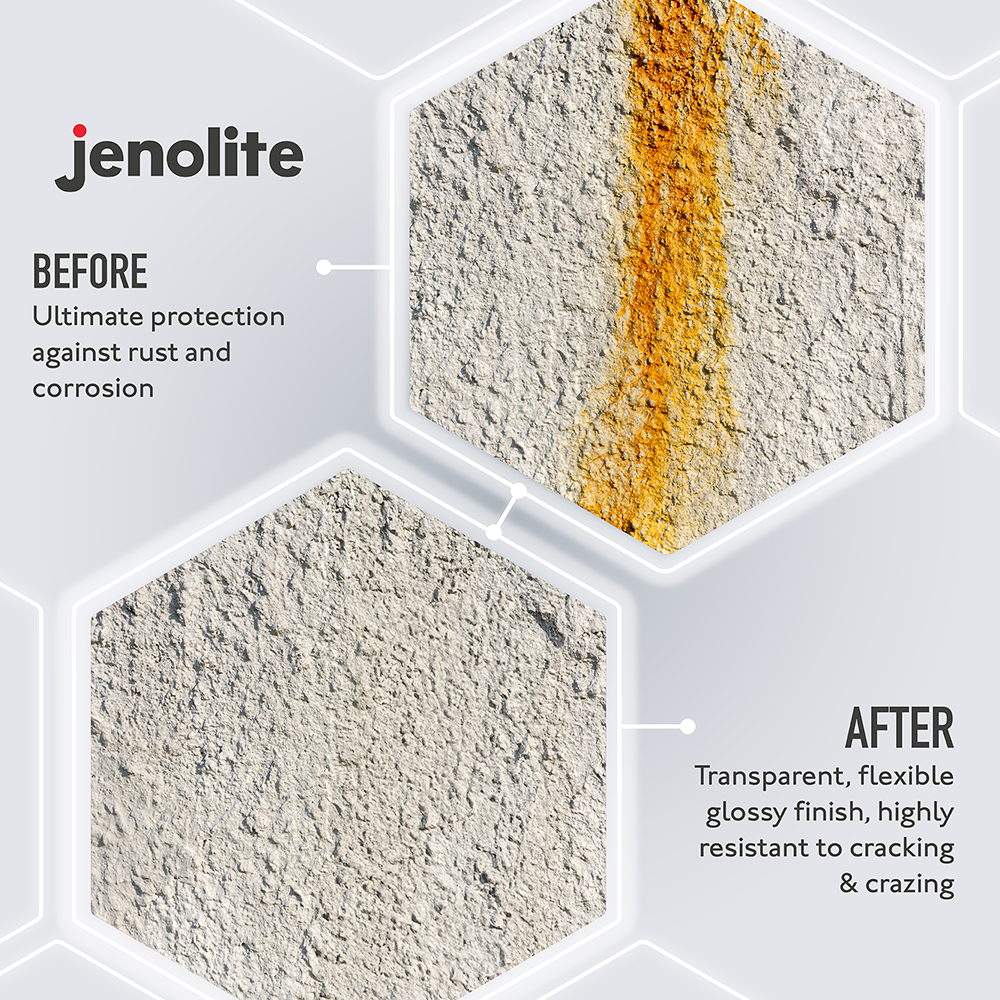

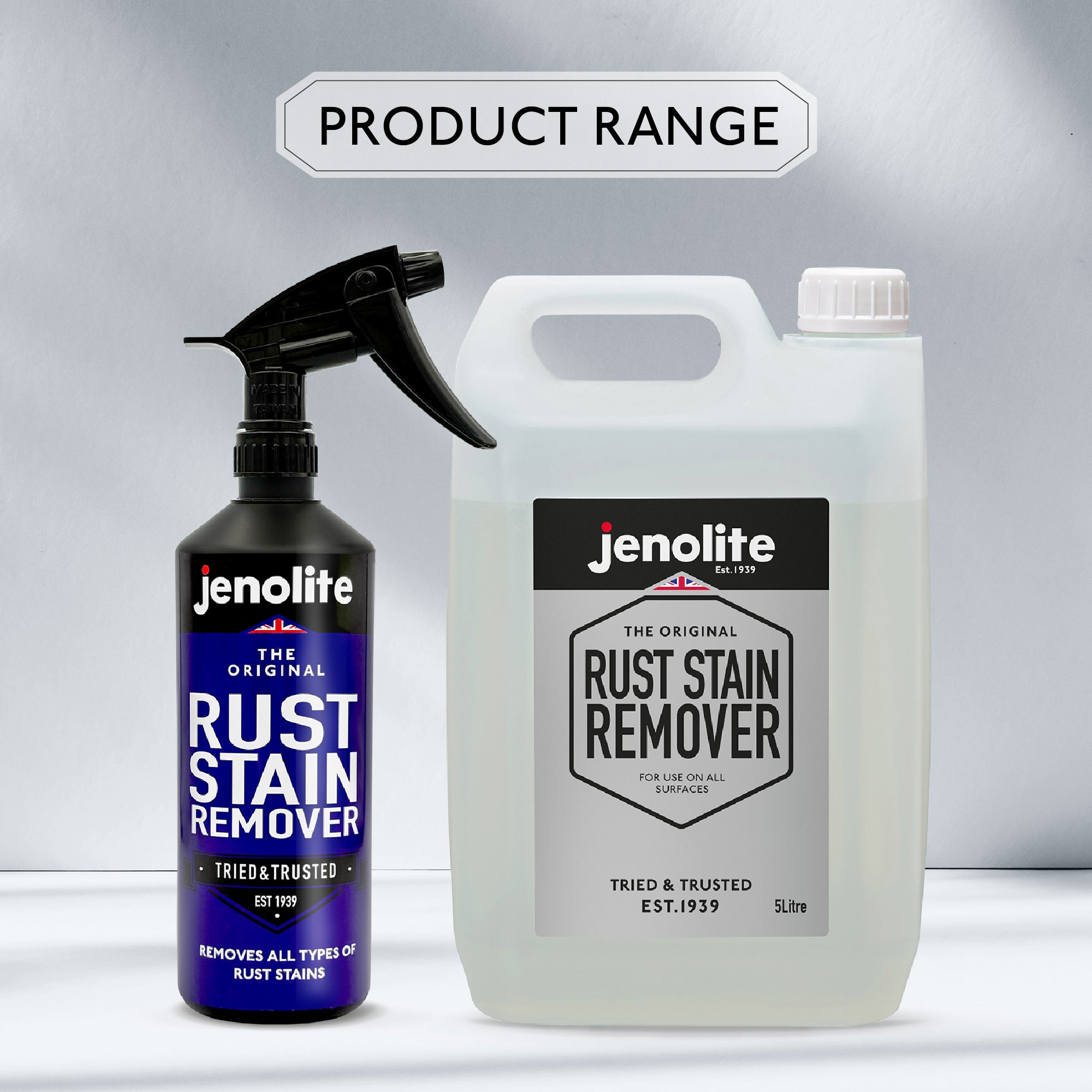














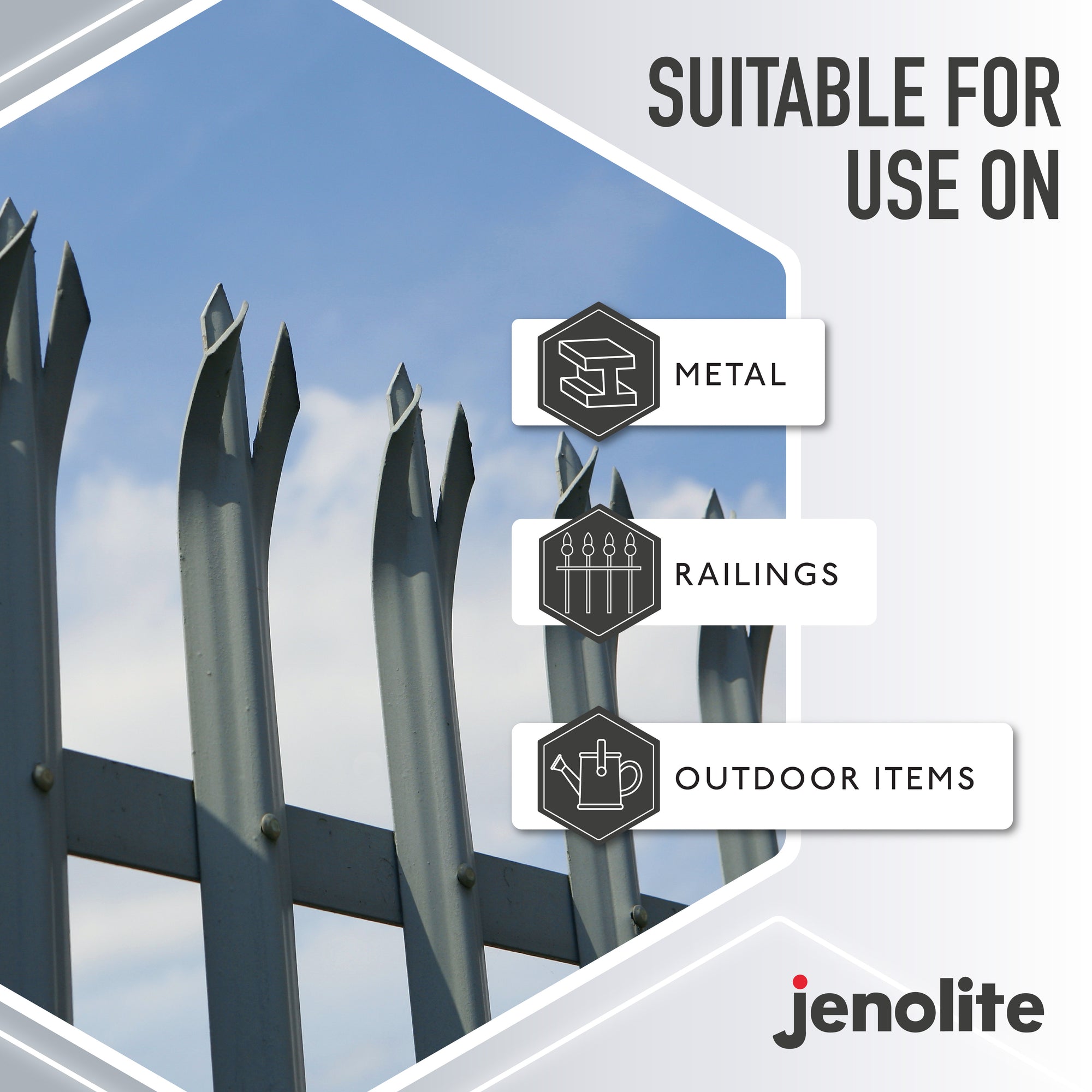


















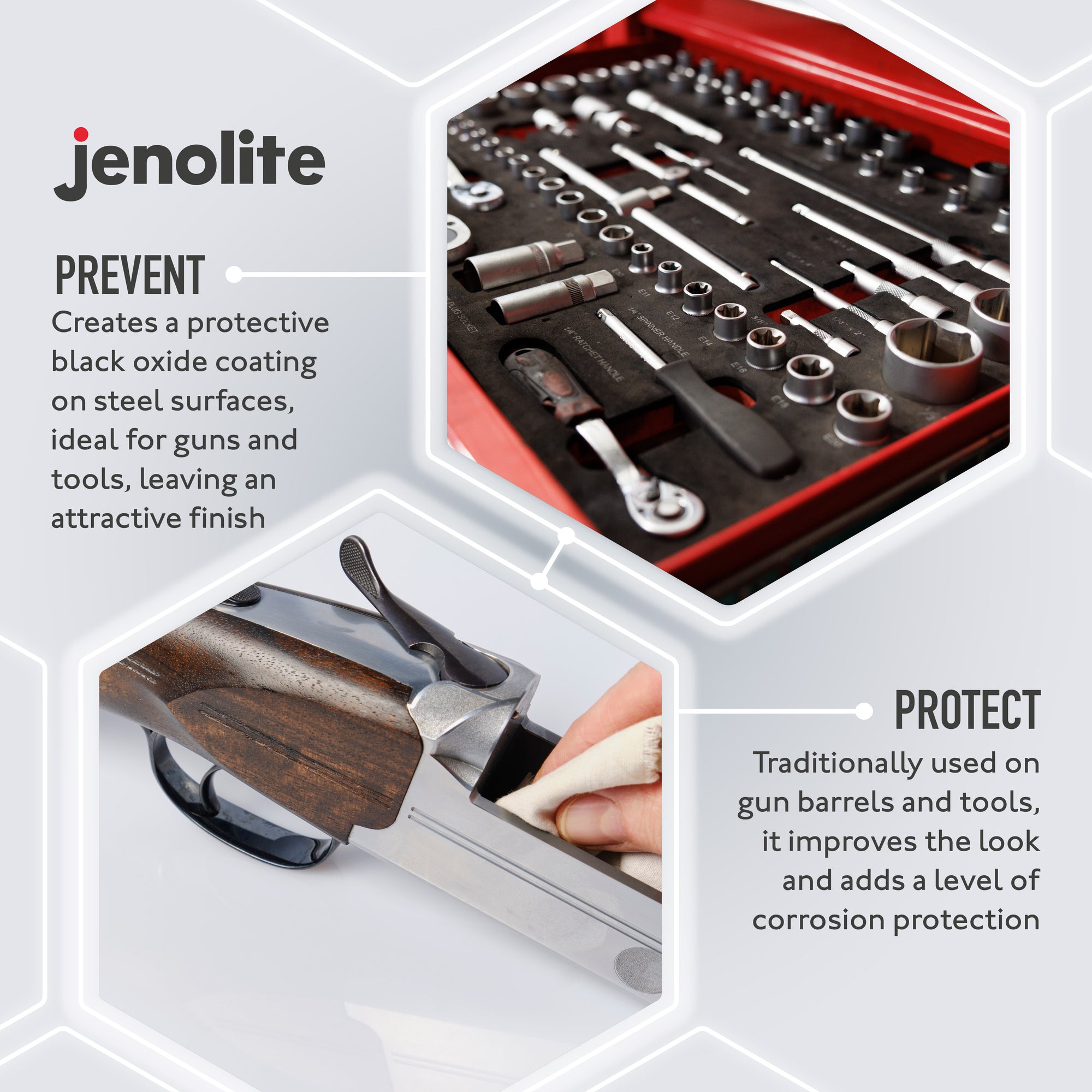
























![Rust Remover vs Rust Converter: Which To Use? | [UPDATE 2024] A comprehensive guide](http://www.jenolite.com/cdn/shop/articles/Rust_Remover___Converter.webp?v=1706616225&width=2000)
